I've plotted a waterfall chart/plot using plotly. I'm trying to change the legend so that it displays the increasing/decreasing colors (red/green) that I've set. Does anyone know how I would go about doing this? I'm try display only one legend for the entire figure rather than one legend for each subplot. Currently, what displays is the trace with a red and green box (as I've indicated in the picture).
Here is the data:
structure(list(Date = structure(c(1569888000, 1572566400, 1575158400,
1577836800, 1580515200, 1583020800, 1585699200, 1588291200, 1590969600,
1569888000, 1572566400, 1575158400, 1577836800, 1580515200, 1583020800,
1585699200, 1588291200, 1590969600, 1569888000, 1572566400, 1575158400,
1577836800, 1580515200, 1583020800, 1585699200, 1588291200, 1590969600
), class = c("POSIXct", "POSIXt"), tzone = "UTC"), Percent_change = c(-45,
-50, -25, -30, -40, -35, -1, -5, -25, 30, 45, 50, -30, -40, -35,
-1, -5, -25, 50, -45, -30, -15, -20, -35, -1, -5, -25), Toys = c("Toy 1",
"Toy 1", "Toy 1", "Toy 1", "Toy 1", "Toy 1", "Toy 1", "Toy 1",
"Toy 1", "Toy 2", "Toy 2", "Toy 2", "Toy 2", "Toy 2", "Toy 2",
"Toy 2", "Toy 2", "Toy 2", "Toy 3", "Toy 3", "Toy 3", "Toy 3",
"Toy 3", "Toy 3", "Toy 3", "Toy 3", "Toy 3")), class = c("tbl_df",
"tbl", "data.frame"), row.names = c(NA, -27L))
Here is the code:
percent <- function(x, digits = 2, format = "f", ...) {
paste0(formatC(x, format = format, digits = digits, ...), "%")
}
my_plot <- . %>%
plot_ly(x = ~Date, y = ~Percent_change, type = "waterfall",
hoverinfo = "text",
hovertext = ~paste("Date :", Date,
"<br> % Change:", percent(Percent_change)),
increasing = list(marker = list(color = "red")),
decreasing = list(marker = list(color = "green")),
totals = list(marker = list(color = "blue")),
textposition = "outside", legendgroup = "trace 1") %>%
add_annotations(
text = ~unique(Toys),
x = 0.5,
y = 1,
yref = "paper",
xref = "paper",
xanchor = "middle",
yanchor = "top",
showarrow = FALSE,
font = list(size = 15),
yshift = 10
) %>%
layout(yaxis = list(title = "% Change",
ticksuffix = "%"),
xaxis = list(title = c("Date")),
showlegend =T)
example_data %>%
dplyr::filter(!is.na(Date)) %>%
group_by(Toys) %>%
distinct() %>%
do(p = my_plot(.)) %>%
subplot(nrows = 3, shareX = FALSE, titleY= TRUE, titleX= FALSE)
I would like the legend to specifically look like this with the title "Trend" above:




